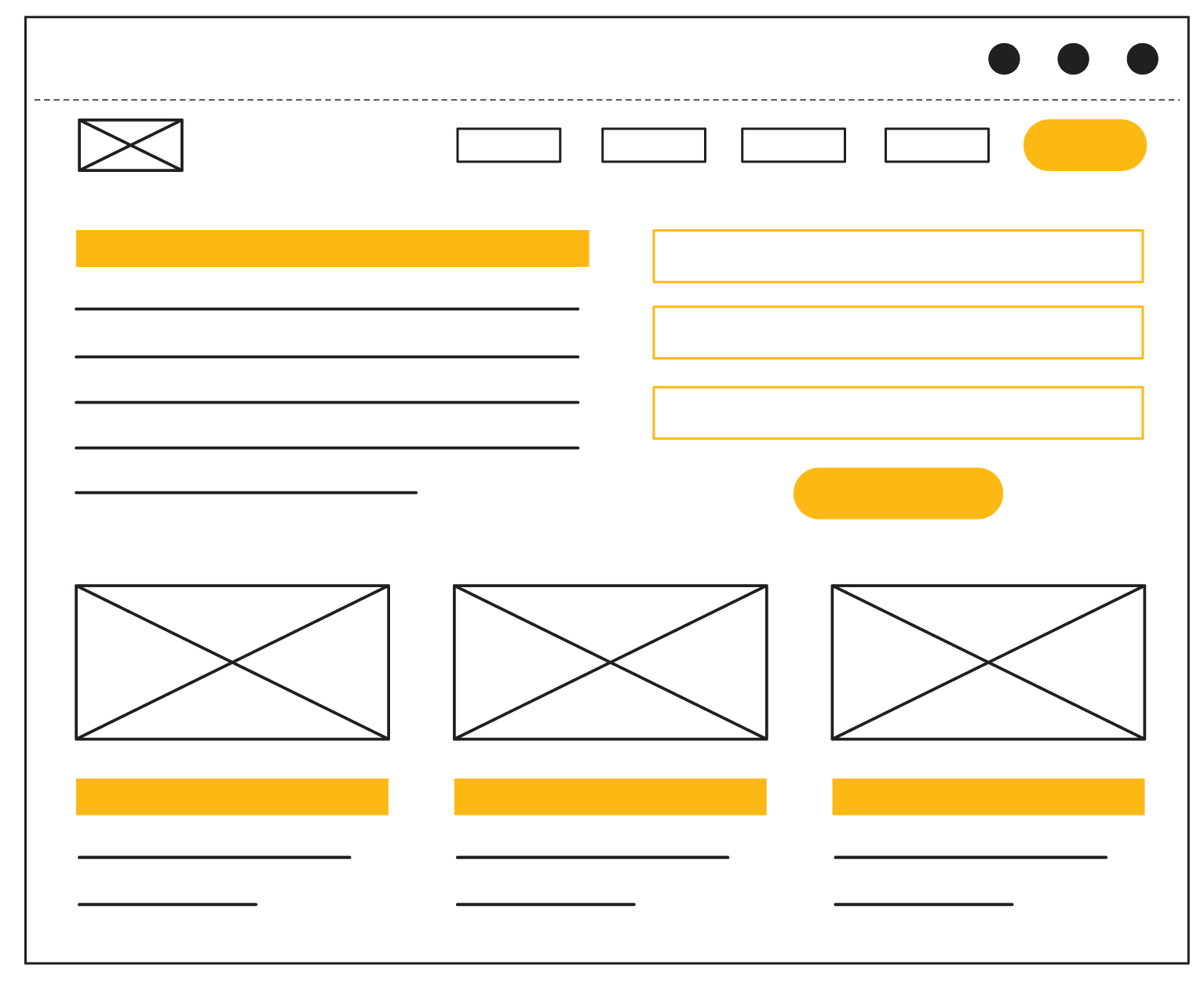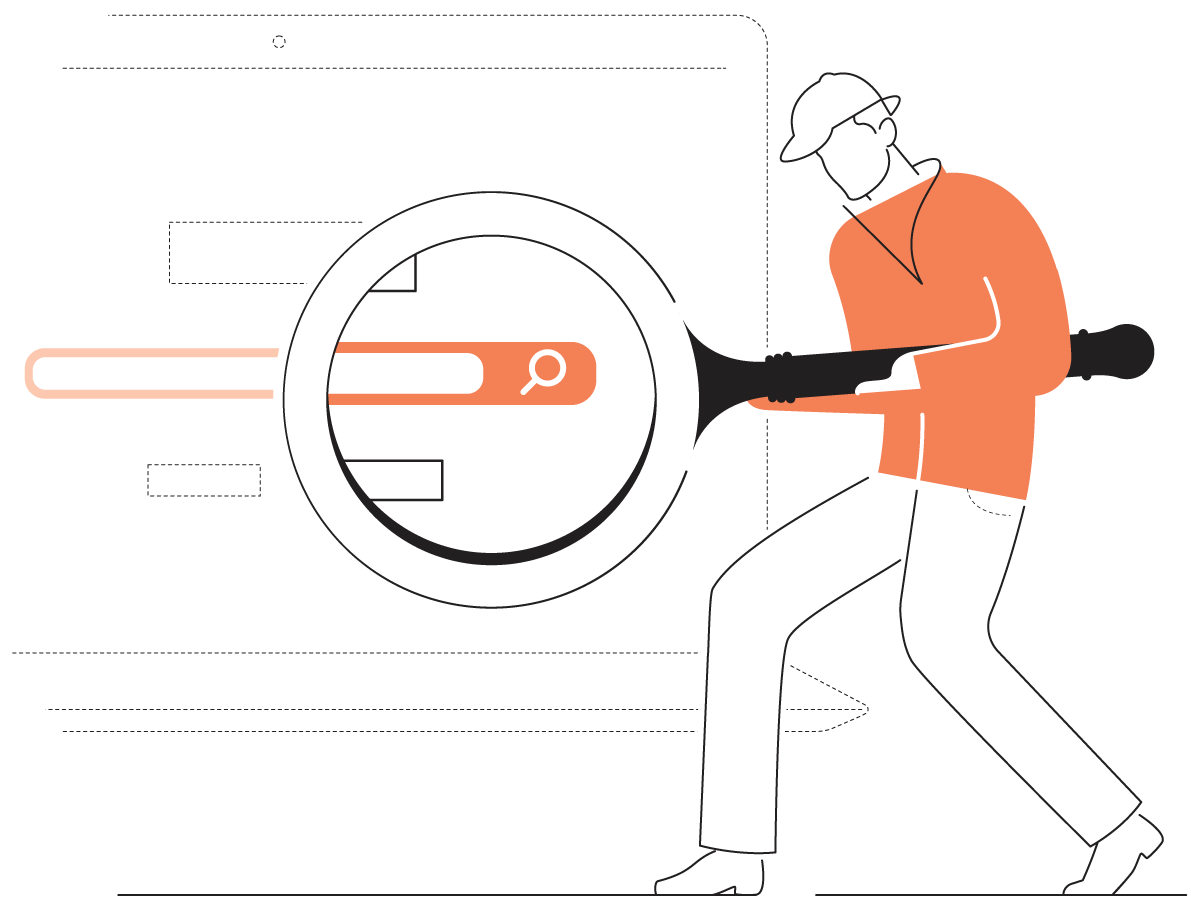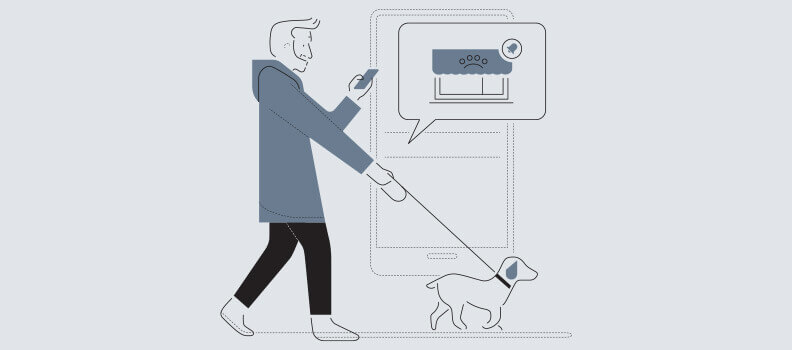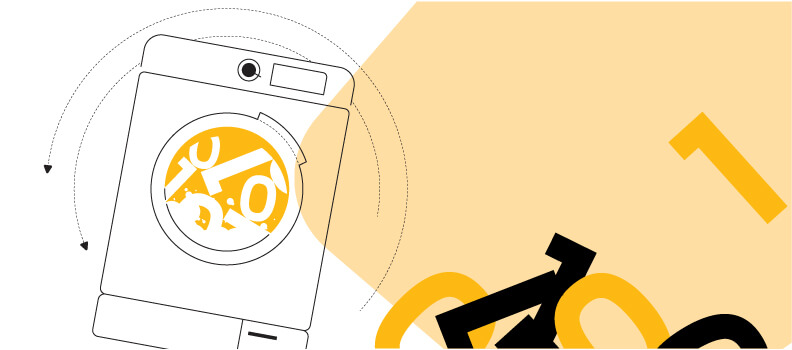In today’s digital-first market, your website is often the first experience customers will have with your business. For small businesses especially, a well-designed website isn’t just about looking good. It also directly impacts your credibility, search visibility, and sales.
Your website’s design can make or break first impressions and even determine whether visitors stay or go. In this guide, we’ll explore 15 essential web design statistics that highlight how great design fuels your business’ success and why investing in your site’s user experience pays off in more traffic, leads, and conversions. Let’s dive in and see how upgrading your web design can boost your bottom line.
Why Web Design is Critical for Small Business SEO and Marketing Success
First Impressions & Credibility
Your website’s first impression can make or break customer trust, and ultimately, your brand’s credibility. While there are many ways to build trust, one of the quickest and most effective is through thoughtful website design. Why does that first glance matter so much? The stats below speak for themselves.

- Users form an opinion of your website in just 50 milliseconds.
Pro Tip: Make your first impression count. Invest in a clean, modern design with an intuitive layout. A clutter-free homepage with clear navigation and high-quality visuals can grab attention in that split second and encourage visitors to explore further.
2. 75% of people admit they judge a company’s credibility by its website design. Three out of four consumers say that a business appears more trustworthy if it has a well-designed website.
Pro Tip: Use consistent branding, easy-to-read typography, and up-to-date content. Adding trust signals like client testimonials, security badges, and clear contact information can reassure visitors that your business is legitimate and customer-focused.
3. 70% of users judge a site’s quality based on its navigation and layout.
Pro Tip: Don’t let bad navigation hurt your company’s image. Keep your site structure intuitive: use descriptive menu labels, include a search bar if appropriate, and ensure important pages are one or two clicks away.
4. 59% of users prefer a beautifully designed website over something simple and plain.
Pro Tip: Use an attractive, clean design that resonates with your target audience. High-quality images, a modern color palette, and a balanced layout can make your content more inviting.
User Experience (UX) & Bounce Rate
User experience (UX) plays a critical role in web design, and it can directly impact your bounce rate. If visitors encounter broken links, slow load times, or poor mobile optimization, they’re more likely to abandon your site within seconds. Even minor design flaws can drive users away. You’ll find the statistics below highlight just how essential a seamless user experience is for keeping potential customers engaged.
5. 88% of online consumers are less likely to return to your website after a bad user experience.
Pro Tip: Conduct a UX audit of your site: Is it easy to find information? Do all links and buttons work correctly? Are forms simple to fill out? Consider gathering feedback from real users and using analytics to pinpoint trouble spots.
6. Around 38% of people will leave a website that has an unattractive or outdated design.
Pro Tip: Keep your design fresh and professional. If your website hasn’t been updated in a few years, it may be time for a facelift. Modernizing your site’s appearance and making sure it meets current web standards can drastically reduce bounce rates.
7. 91% of unhappy users will leave without giving feedback.
Pro Tip: Don’t rely on users to tell you about problems with your website. Use tools like Google Analytics, heatmaps, and user testing to catch pain points (e.g., pages with high exit rates or confusing workflows). Regularly test your site on different devices and browsers.

Mobile Optimization
Today’s consumers rely on their mobile devices for nearly everything, from researching products to making purchases. If your website isn’t mobile-friendly, frustrated users will quickly abandon it in favor of a competitor offering a smoother mobile experience. The statistics below underscore just how critical mobile optimization is for retaining and converting customers.
8. As of May 2025, 64% of all web traffic now comes from mobile devices.
Pro Tip: Adopt a mobile-first design approach. Ensure your site is responsive; in other words, it should automatically adapt to different screen sizes. On a phone, your site should be easy to scroll, with legible text, fast-loading images, and buttons that are thumb-friendly. Test your pages on mobile often.
9. 73% of people will leave a non–mobile-friendly website.
Pro Tip: Make responsiveness a top priority. Use modern responsive design techniques or frameworks like Bootstrap to ensure your layout, images, and menus adjust gracefully to smaller screens. Pay attention to mobile navigation. Consider a simple hamburger menu and avoid pop-ups or elements that are hard to close on a phone.
10. 53% of mobile visitors abandon a site that takes over 3 seconds to load.
Pro Tip: Speed up your site. Even for small businesses, investing some time or money in faster web hosting or optimization can pay off. Faster load times mean more page views, lower bounce rates, and higher conversion possibilities.
11. 67% of users are more likely to buy from a mobile-friendly website.
Pro Tip: If you sell products or collect leads online, test that process on a smartphone. Simplify forms and checkout pages. By designing specifically with mobile conversions in mind, you’ll tap into the huge segment of users who prefer to do business on their phones.
12. 64% of SEO marketers say mobile optimization is an effective investment.
Pro Tip: When updating your site, consider SEO best practices: mobile responsiveness, clean code, proper heading structure, and accessible design all contribute to better search visibility. Better design means better SEO; that means converting more visitors into valuable customers.

SEO & Conversions
There are countless strategies for boosting your Google rankings and driving conversions, but one of the most effective is strong web design and seamless UX. The statistics below make it clear: great design doesn’t just attract visitors, it helps turn them into customers.
13. Investing in UX can boost conversion rates by up to 400%.
Pro Insight: Treat web design as an investment, not a sunk cost. Better layout, intuitive workflows, and user-centric features can dramatically increase how many visitors become customers.
14. Websites that load in 1 second can have 3 times higher conversion rates than slow sites.
Pro Insight: Prioritize page speed. Many small business websites rely on builders or plugins. If you do so, make sure your implementation isn’t slowing load times. Not only will conversions increase, but Google’s algorithms will likely reward your site with better rankings.
15. Almost 81% of website redesign projects are driven by low conversion rates.
Pro Insight: Don’t wait until your site is failing to fix conversion issues. Look at the percentage of visitors who fill out your contact form or complete the checkout process. If you see drop-offs, consider incremental design improvements now rather than a costly full redesign later. And if you do plan a full redesign, go in with well-defined objectives to ensure the new site delivers ROI from day one.
6 Tips to Improve Your Web Design ROI
Modern web design isn’t just about making a site look nice. It’s about delivering results for your business. Here are six high-impact tips to turn your website into a stronger engine for SEO and conversions:
Employ Mobile-First Design: Given the dominance of mobile traffic, approach every website update with mobile users in mind. Use responsive design techniques and test new pages on a smartphone before launching. A mobile-friendly small business website design ensures you’re not leaving out half of your potential audience.
Optimize for Speed: Page load time is money. Compress images, enable browser caching, and minimize code to achieve quicker loads. Remember, improving site speed not only reduces bounce rates (keeping visitors around longer) but also can boost your search rankings. Faster sites provide a better user experience, leading to higher conversion rates.
Simplify Navigation & Layout: Make it effortless for visitors to find what they need. Use a clear menu structure, logical page hierarchy, and prominently placed call-to-action buttons. A well-organized site with an intuitive navigation and content layout keeps users engaged and encourages them to become loyal customers. It also helps search engines crawl your site more effectively.
Keep Your Design Fresh (and Clutter-Free): Regularly update your website’s look and content to avoid an outdated feel. Embrace a clean, uncluttered design – avoid overwhelming visitors with too much text or too many competing elements on one page. A modern design with ample white space and up-to-date visuals can increase user trust and interest, which in turn improves your conversion opportunities.
Design for Trust & Action: Include trust-building elements (like testimonials, client logos, industry badges/awards, and clear privacy/security indicators) prominently on your site. At the same time, make your calls-to-action stand out with contrasting colors and compelling text (e.g., “Get a Free Quote” or “Buy Now”). By making your site both credible and conversion-focused, you reassure users and guide them toward completing a purchase. Trustworthy design shortens the sales cycle; in other words, visitors who trust your brand are more likely to take action.
Track, Test, and Tweak: Use analytics tools (Google Analytics, heatmaps, etc.) to monitor how visitors behave on your site – where they click, where they drop off, how long they stay. Continuously A/B test design changes: try different headlines, button placements, or page layouts to see what increases engagement or conversions. By measuring the results of your design tweaks, you can make data-driven improvements.

FAQs
How does web design affect SEO rankings?
Web design has a significant impact on SEO. First, mobile-friendly design and fast page speeds are direct Google ranking factors. If your site isn’t responsive or loads slowly, it can rank lower in search results. In short, investing in solid web design (responsive layout, clean code, easy navigation, etc.) helps your SEO by making your site accessible and enjoyable for both users and search bots.
Can better web design really increase my sales?
Absolutely. Good design instills trust, guides the user’s attention, and removes friction from the buying process. All these factors contribute to more leads generated and sales completed. Think of your website as a 24/7 salesperson: a polished, user-friendly design will close far more deals than a confusing or unattractive one.
Why is having a mobile-friendly website important for marketing?
From a marketing perspective, if your mobile experience is poor, you could be losing over half your potential audience right off the bat. Additionally, mobile-friendliness affects your visibility. Google uses mobile-first indexing, meaning it predominantly uses your site’s mobile version to determine rankings.
How often should a small business update or redesign its website?
As a rule of thumb, a full redesign is often considered every 2–3 years for many small businesses. This keeps the design from looking dated and ensures you’re keeping up with technology (e.g., new devices or browser standards). However, it’s best to treat your website as an ongoing project. The key is to avoid letting your site stagnate.
What web design elements matter most for SEO and user engagement?
Key elements include fast-loading pages, clear navigation, mobile responsiveness, scannable content layouts, and strong calls-to-action (CTAs). Improving page speed and site structure reduces bounce rates, while responsive design ensures mobile users stay engaged. Clear headings and visual cues help visitors easily navigate your content and boost conversions, indirectly benefiting your SEO.
Is investing in professional web design worth the ROI for a small business?
Yes, a professional designed website can be one of the highest-ROI investments a small business makes in its marketing. Your website is your digital storefront. A well-designed site can attract more traffic (through better SEO), convert more visitors into leads/customers, and strengthen your brand’s image. Additionally, many professional design improvements continue to pay dividends for years by improving your search rankings and reducing customer acquisition costs.
Key Takeaways
- First Impressions Count: Users judge your credibility instantly based on your website’s design. Make it modern, clean, and professional.
- Good UX Drives Conversions: Better user experiences significantly boost conversions, customer satisfaction, and repeat visits.
- Speed Equals Revenue: Faster-loading websites increase customer retention and drive more sales.
- Mobile Matters Most: Mobile-friendly, responsive design is essential. Most users now browse the internet via smartphones.
- Clear Navigation Wins: Easy-to-use navigation keeps visitors on your site longer and improves SEO rankings.
- Design Builds Trust: Consistent branding, appealing layouts, and credible content establish trust and encourage engagement.
- Continuous Optimization: Regularly update and test your site to maintain performance, enhance user experience, and maximize ROI.






